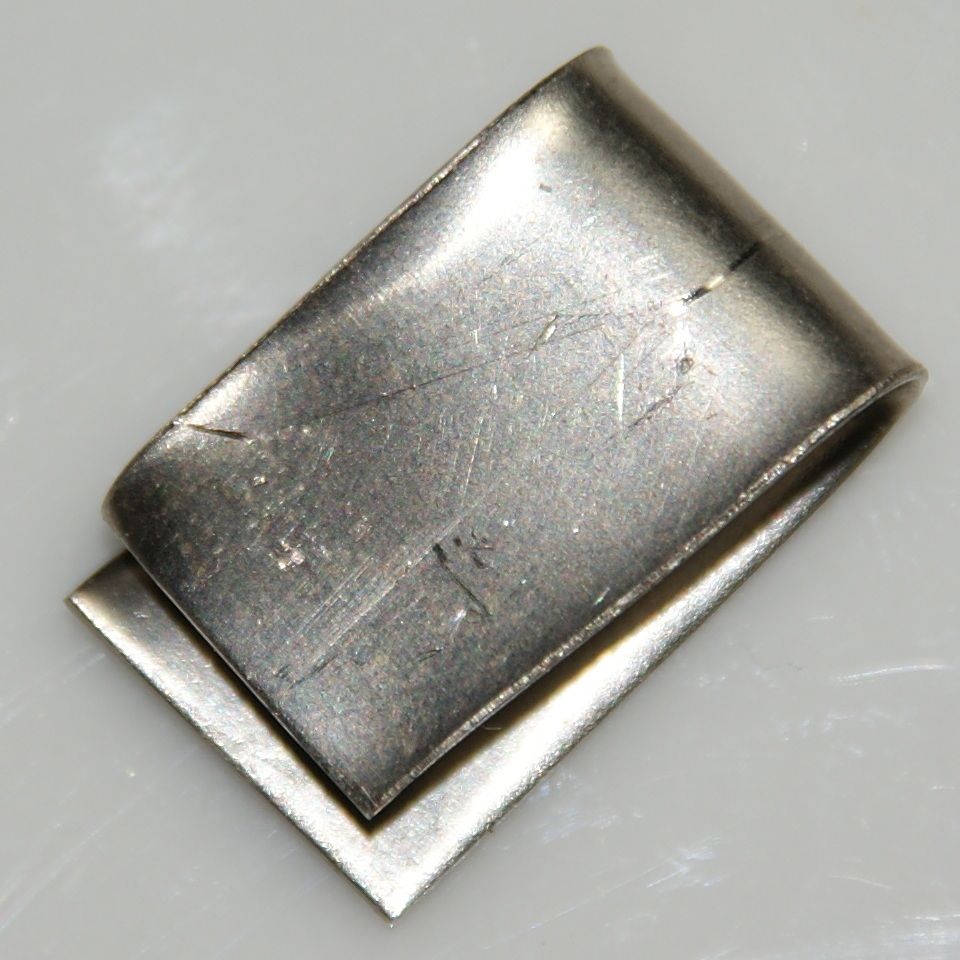Nickel
28
Ni
Group
10
Period
4
Block
d
Protons
Electrons
Neutrons
28
28
31
General Properties
Atomic Number
28
Atomic Weight
58.6934
Mass Number
59
Category
Transition metals
Color
Gray
Radioactive
No
From the German word Nickel (Satan), and from kupfernickel, Old Nick's copper
Crystal Structure
Face Centered Cubic
History
Artifacts made from metallic meteorites have been found dating from as early as 5000 BC.
In 1751, Baron Axel Fredrik Cronstedt was trying to extract copper from kupfernickel and instead produced the white metal.
In the early twentieth century, Ludwig Mond patented a process using nickel carbonyl to purify nickel.
In 1751, Baron Axel Fredrik Cronstedt was trying to extract copper from kupfernickel and instead produced the white metal.
In the early twentieth century, Ludwig Mond patented a process using nickel carbonyl to purify nickel.
Electrons per shell
2, 8, 16, 2
Electron Configuration
[Ar] 3d8 4s2
Nickel is 100 times more concentrated below Earth's crust than in it
Physical Properties
Phase
Solid
Density
8.912 g/cm3
Melting Point
1728.15 K | 1455 °C | 2651 °F
Boiling Point
3186.15 K | 2913 °C | 5275.4 °F
Heat of Fusion
17.2 kJ/mol
Heat of Vaporization
378 kJ/mol
Specific Heat Capacity
0.444 J/g·K
Abundance in Earth's crust
0.0089%
Abundance in Universe
0.006%

CAS Number
7440-02-0
PubChem CID Number
935
Atomic Properties
Atomic Radius
124 pm
Covalent Radius
124 pm
Electronegativity
1.91 (Pauling scale)
Ionization Potential
7.6398 eV
Atomic Volume
6.59 cm3/mol
Thermal Conductivity
0.907 W/cm·K
Oxidation States
-1, 1, 2, 3, 4
Applications
Nickel is used extensively to make coins and nickel steel for armor plates and burglar-proof vaults.
Tubing made of copper-nickel alloy is extensively used in making desalination plants for converting sea water into fresh water.
Nickel is also used in batteries, ceramics and magnets.
Tubing made of copper-nickel alloy is extensively used in making desalination plants for converting sea water into fresh water.
Nickel is also used in batteries, ceramics and magnets.
Nickel and its compounds are considered to be carcinogenic
Isotopes
Stable Isotopes
58Ni, 60Ni, 61Ni, 62Ni, 64NiUnstable Isotopes
48Ni, 49Ni, 50Ni, 51Ni, 52Ni, 53Ni, 54Ni, 55Ni, 56Ni, 57Ni, 59Ni, 63Ni, 65Ni, 66Ni, 67Ni, 68Ni, 69Ni, 70Ni, 71Ni, 72Ni, 73Ni, 74Ni, 75Ni, 76Ni, 77Ni, 78Ni